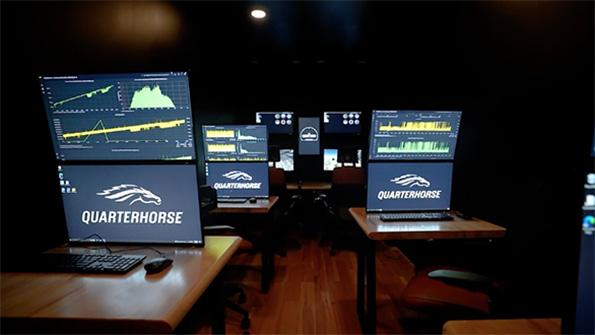Opinion: How To Partner With The Pentagon

U.S. companies are ahead of the rest of the world in a key strategic area—hypersonic aircraft—if the U.S. Defense Department wants to leverage their expertise. The motivations, objectives and urgency for both the commercial and military sectors naturally align nontraditional, venture-backed startups and the Pentagon in this area.
As the CEO of such a company, Hermeus, that is now working with the Defense Department, I was inspired to respond to Defense Innovation Board Chair Michael Bloomberg’s recent viewpoint (AW&ST Oct. 24-Nov. 6, p. 66) about our first-hand experience partnering with the Pentagon. Since the company’s founding in 2018, Hermeus has raised over $120 million in private capital, developed a hypersonic engine more quickly and at lower cost than comparable U.S. government programs (one-third schedule, one-eighth cost), and we are on track to fly our first aircraft, Quarterhorse, in 2023.
Success at such companies is a success for our national security. To achieve that, we need to supercharge the U.S. innovation ecosystem via partnership between the private sector and the Pentagon.
For startups and their investors, working with the Pentagon at scale is often a classic “Kobayashi Maru”—a no-win scenario. Startups raise enough money for 18-24 months of runway at a time. To secure the next round of private capital, they need to grow recurring revenue exponentially. But from the day their product is ready, it takes a minimum of three years for the U.S. to procure that product: a year to program within the services; a year to get through the Defense Department, the White House and Congress; and a year to get on contract. Slow down to match the pace of the Pentagon, and you’ll lose your culture and team. Continue growing, and you’ll run out of money before you even sign a contract. The asynchrony in speed and risk tolerance inherently pulls the Pentagon and startups apart.
Ironically, while the Defense Department’s procurement process is designed to ensure efficient use of government funds, it often ends up driving away the ambition, curiosity and “dream-big” mentality of American entrepreneurs, which are the engine powering American innovation. The private capital that startups bring to the table to develop the technology—a bill the U.S. taxpayer typically pays in full when the Defense Department works with traditional defense contractors—also disappears.
Harnessing private innovation and investment and focusing it in areas of mutual benefit for military and commercial markets requires more than innovation theater. Bridging the “valley of death” requires a unique feat of human engineering that many perceive as impossible for startups. In our experience, building that bridge involves the right mix and timing of Small Business Innovation Research funding, same-year budget reprogramming, intensive end-user engagement and lobbying Congress. All these pieces must fit together just right or the bridge collapses.
Building this bridge is the core of American innovation. We have a responsibility to take on the technical and business challenges that have fettered innovation for decades. We’ve seen how a hardware-rich, vertically integrated, iterative approach can accelerate the development of critical dual-use capabilities. SpaceX’s orbital launch and satellite communications services are a case in point. As one of the Pentagon’s 14 critical technologies for modernization, hypersonic aircraft are ripe for partnership.
“Founder energy” is not the only thing that sets startups apart from traditional contractors. It is also the private capital we bring to the table, or our agility and speed. Most of all, though, it is our stubbornness in making the impossible possible, our unwavering commitment to win a crusade against the laws of physics, complete our mission, and make our singular, unified vision of the future a reality.
When that unified vision is aligned with national security challenges and the Pentagon leans in hard, the U.S. wins three times over:
-
Capital-intensive, deep-technology startups access intermediate markets necessary to scale quickly.
-
The Defense Department gets the capability it desperately needs in a fraction of the time and cost.
-
And America leads the world in the commercial capabilities that follow.
The recently released 2022 National Defense Strategy calls for emerging technologies to “retool economics, transform militaries and reshape the world.” The strategy further commits the Defense Department to leveraging “asymmetric American advantages” including its “entrepreneurial spirit” and “unparalleled creativity, innovation and adaptation.”
With tight budgets and an increasingly challenging threat environment, the Pentagon and startups must come together now to deliver modern capabilities on relevant timelines. They must change the conditions of the test. If this partnership fails, the U.S. loses.
A.J. Piplica is CEO of Hermeus, which develops hypersonic aircraft for commercial and national security applications. The views in this column are his own.




